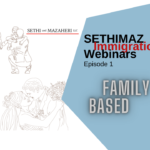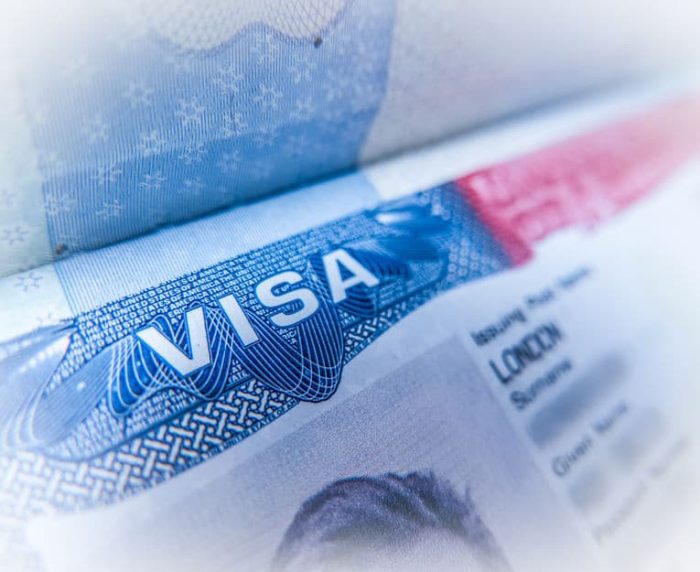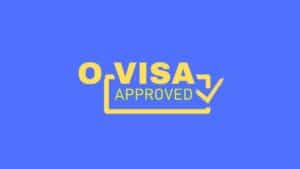EB-1 application (Employment-Based Immigration – First Preference) iis for individuals with extraordinary abilities, outstanding professors or researchers, and certain multinational executives or managers seeking employment-based immigration to the United States.
- A foreign-born worker of extraordinary ability,
Eligibility for EB-1 Visa
You may qualify for an EB-1 visa if you are:
- A worker with extraordinary ability
- An outstanding professor or researcher
- A multinational executive or manager
Each occupational category has certain requirements that must be met.
Who Can File the EB-1 Application?
- Extraordinary Ability: You can self-petition by filing Form I-140.
- Outstanding Professors and Researchers, and Multinational Executives or Managers: Your U.S. employer must file Form I-140 on your behalf. The employer must also demonstrate the ability to pay the offered wage from the priority date onward.
What is concurrent filing?
Concurrent filing means submitting the Adjustment of Status application (Form I-485) along with the immigrant visa petition (Form I-140) before the latter is approved.
Concurrent filing of I-140 with I-485:
To immigrate under the EB-1 category, you need to file and get approval for:
- Immigrant Petition for Alien Worker (Form I-140)
- Application to Register Permanent Residence or Adjust Status (Form I-485)
Previously: You had to wait for the approval of Form I-140 before filing Form I-485, causing delays.
Now: Since July 31, 2002, you can file Form I-485 concurrently with Form I-140. You can also apply for:
- Employment Authorization Document (EAD) using Form I-765
- Advance Parole (AP) using Form I-131
If the adjustment of status application (Form I-485) is filed after the immigrant visa petition (say Form I-140) but while the immigrant visa petition remains pending, it will be deemed to be concurrently filed. You should file receipt notice of I-140 along with the application of I-485 so that the petition and application can be matched up.
Benefits of Concurrent Filing of I-140 with I-485:
Benefits of Concurrent Filing
- Simultaneous EAD and AP Applications: Allows you and your family to work and travel while waiting for the visa.
- Avoiding Unlawful Presence: Filing I-485 puts you in a period of authorized stay, even if your non-immigrant status expires.
- Time Savings: It may reduce the overall processing time and effort.
What happens to the status of I-485 if the underlying visa petition is denied?
If Form I-140 is denied, Form I-485 will also be denied, and there will be no refund for the filing fees.
Processing Fees [*]:
- Filing fee for the EB-1 petition (Form I-140): $715
- Mandatory Asylum Program Fee for the petition: $300 [**]
- Optional Premium Processing (Form I-907): $2,805
- Adjustment of Status (Form I-485): $1,440
- Work Authorization (Form I-765): $260
- Travel Authorization (Form I-131): $630
*The fee is calculated at https://www.uscis.gov/feecalculator on July 1, 2024, for an applicant of age 25 years and visa category ’employment based’ for form I-140.
**The new Asylum Program Fee will cost an additional $600 for employers or $300 for companies with 25 or fewer full-time equivalent employees, or self-petitioners. There is no Asylum Program Fee for nonprofits. .
Procedure
Prepare and submit all forms and supporting documents together with the applicable fees to USCIS. You can include Forms I-131 and I-765 with your I-140 and I-485 submissions.
Eligibility for EB-1 Application Submission
USCIS will approve your concurrent filing if:
- You are eligible for the EB-1 category.
- You have a current priority date (a visa number is available).
EB-1 Application Processing Time
- Form I-140: 5 to 17 months
- Form I-485: 5 to 9 months
Note: Processing times are estimates and can vary.
Premium Processing in EB-1 Application
For urgent cases, you can expedite your application using Form I-907 for an additional fee of $2,805. USCIS will process your application within 15 business days.








 by Prozco®
by Prozco®